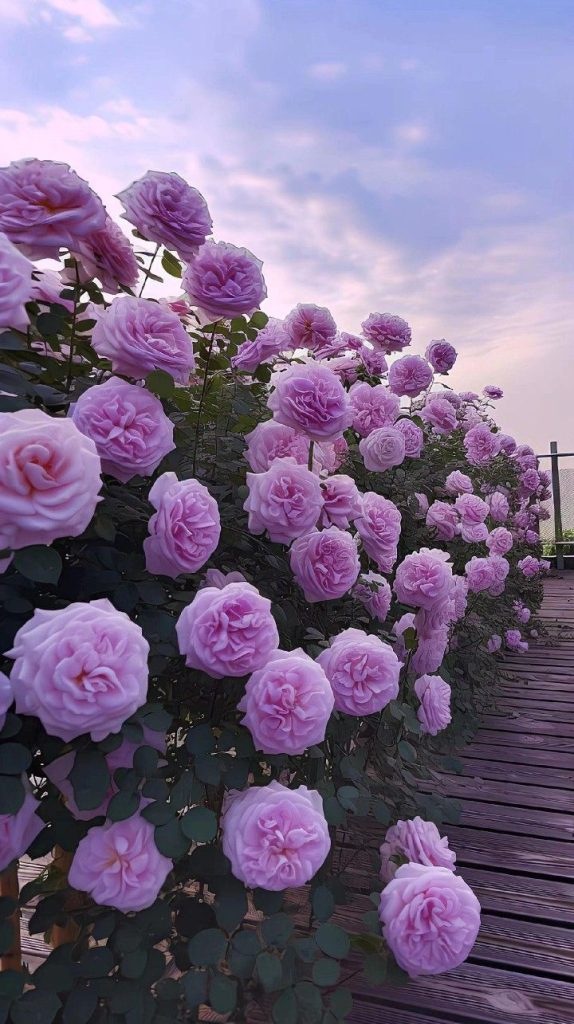Proper watering is essential for the health and vitality of rose plants. Here are effective watering techniques to ensure your roses thrive:








1. Watering Frequency:
- Consistent Moisture: Roses prefer consistent soil moisture. Water deeply and regularly, especially during dry spells.
- Avoid Overwatering: Allow the top 2-3 inches of soil to dry out between waterings. Overwatering can lead to root rot and other issues.
2. Morning Watering:
- Best Time: Water in the morning when temperatures are cooler. This allows the foliage to dry before evening, reducing the risk of diseases.
3. Water at the Base:
- Direct to Soil: Water at the base of the rose rather than overhead. Directing water to the soil helps prevent foliage diseases and encourages deep root growth.
4. Drip Irrigation:
- Efficient Watering: Consider installing drip irrigation systems. Drip systems deliver water directly to the root zone, minimizing water waste and reducing the risk of fungal diseases.
5. Mulching:
- Mulch Benefits: Apply a layer of organic mulch around the base of the rose. Mulch helps retain soil moisture, suppress weeds, and regulate soil temperature.
6. Watering Depth:
- Deep Watering: Water deeply to encourage the development of deep, drought-resistant roots. Shallow watering can lead to shallow root systems.
7. Container Roses:
- Drainage Holes: If growing roses in containers, ensure pots have drainage holes. Waterlogged soil in containers can lead to root problems.
8. Avoid Wetting Foliage:
- Prevent Diseases: Watering at the base of the plant helps prevent fungal diseases. Wet foliage can encourage the development of diseases such as black spot.
9. Rain Gauges:
- Monitor Rainfall: Use rain gauges to monitor natural rainfall. Adjust your watering schedule based on weather conditions.
10. Watering New Plants:
- Establishment Period: Newly planted roses need extra attention. Water them more frequently during the first growing season to help establish a strong root system.
11. Adjust to Climate:
- Climate Considerations: Adapt your watering routine to your climate. In hot and dry climates, more frequent watering may be necessary.
12. Avoid Watering Leaves in Late Afternoon:
- Disease Prevention: Avoid watering the foliage in the late afternoon or evening. Wet leaves overnight can promote diseases.
13. Hand Watering:
- Targeted Watering: Hand watering allows you to target specific areas and adjust the amount of water each plant receives.
14. Monitor Soil Moisture:
- Check Moisture Levels: Regularly check soil moisture levels by inserting your finger into the soil. Water when the top few inches feel dry.
15. Watering During Dormancy:
- Reduce Frequency: During the dormant season, reduce the frequency of watering. Established roses often require less water in winter.
By following these watering techniques, you can promote healthy growth, vibrant blooms, and overall resilience in your rose plants. Adjust your watering routine based on the specific needs of your roses and the local climate.